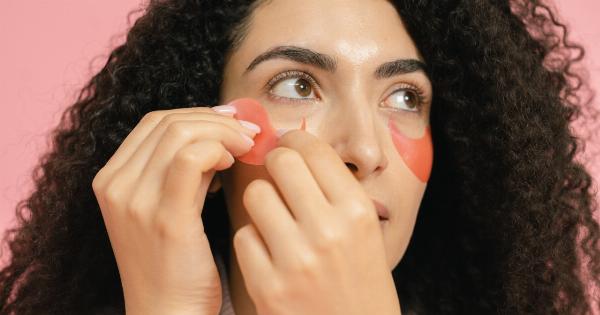It is common to shed a few tears every once in a while. However, if your eyes are constantly teary, it can be a sign of an underlying condition. Here are six possible causes of constant tearing in your eyes:.
1. Dry Eyes
Contrary to what the name suggests, dry eyes can lead to an excessive amount of tears. Dry eyes occur when there is a lack of lubrication, which can cause an inflammatory response.
To compensate for the dryness, your eyes may produce more tears, leading to watery eyes.
2. Allergies
It is not uncommon for people with allergies to experience teary eyes. Allergies can trigger an immune reaction in the eyes, leading to inflammation and the production of tears. Allergies to pollen, dust, and pet dander are all potential culprits.
3. Eyestrain
If you spend a lot of time staring at a computer screen or reading, you may experience eyestrain. This can cause your eyes to become fatigued and watery, leading to tears.
Eyestrain can also cause dry eyes, which can create a vicious cycle resulting in watery eyes.
4. Eye Infection
An eye infection can lead to significant tearing. Pink eye, or conjunctivitis, is a common eye infection that causes redness, itching, and excessive tearing. Other eye infections, such as blepharitis or styes, can also lead to watery eyes.
5. Blocked Tear Duct
If your tear duct becomes blocked, it can cause tears to build up in your eyes. A blocked tear duct can occur due to injury or infection, or it may be a congenital condition.
Symptoms of a blocked tear duct include watery eyes, eye infections, and swelling around the eyes.
6. Environmental Irritants
The environment is full of potential irritants that can cause your eyes to water. Smoke, dust, and pollution can all cause inflammation and excessive tearing.
A windy day may also lead to watery eyes as your eyes attempt to produce tears to protect themselves from the dryness caused by the wind.
Final Thoughts
If you are experiencing constant tearing in your eyes, it is important to see an eye doctor to determine the underlying cause. Treatments may include eye drops, medication, or surgery, depending on the cause of your symptoms.





























